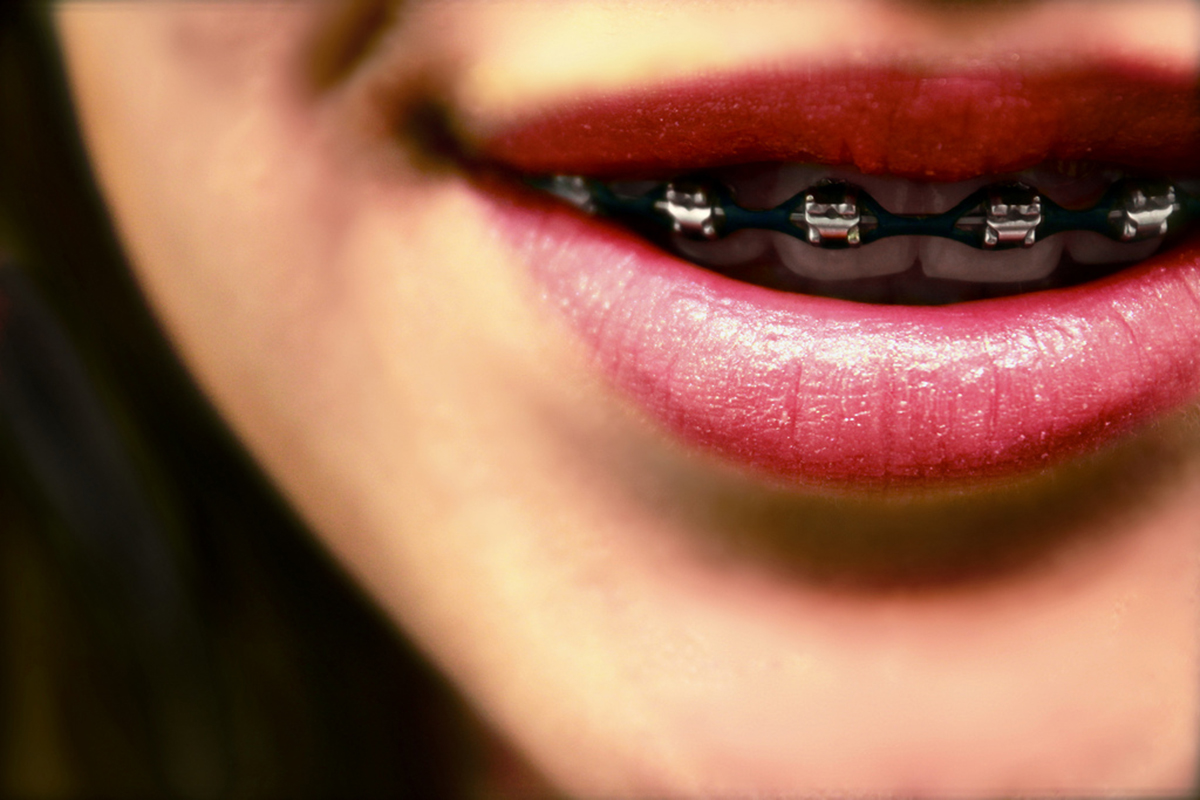Interventional orthodontics is a very modern approach to orthodontic treatment and it actually turns some long-held beliefs on their head. One of the things that people have come to learn about orthodontics is that doctors have to wait until all of the milk teeth in the mouth have fallen out and been replaced with permanent teeth. While this has been a solid treatment principle followed for a long period of time, it meant that the doctors did nothing even when they saw deciduous teeth (milk teeth) drifting into improper positions and thus sure to create space constraints for the permanent teeth.
The Basic Rationale Behind Interventional Orthodontic Treatment
The whole idea behind early intervention orthodontics is to identify those problems that can be rectified or at least minimized and then offer treatment. This is considered as phase 1 of treatment and does not mean that fixed orthodontic braces will not be required later on. It does, however, mean that if the first phase of treatment goes according to plan then the time span, as well as the complexity of fixed orthodontic treatment, will be reduced.

Who Needs Early Interventional Orthodontic Treatment?
Indications for early orthodontic treatment include milk teeth which have either fallen out too early or are still in place much longer than they should be. Children who are unable to chew their food properly due to teeth which are erupting improperly and thus causing interference in the chewing patterns are also candidates.
Parents will be able to recognize obvious discrepancies in the position of the milk teeth or erupting permanent teeth. These should be checked out to see if they can be treated at an early stage. Children who develop habits like thumb sucking and mouth breathing are almost certain to develop a lot of trouble when it comes to the position and functioning of their teeth.
These habits are much easier treated at an early stage when they are still not completely embedded into the psyche of the children. Early orthodontic treatment in such cases will greatly diminish the amount of treatment the children will need later in life while correcting the root habit at the same time.
Some children have speech defects like lisping which have their origins in easily correctable orthodontic problems. Certain myofunctional devices have been developed that help in the development of the jaws and thus prevent extremely expensive surgery later on in life.
If the jaws can be pushed into growing in the correct direction and to the correct size then it serves to reason that the permanent teeth have a much better chance of erupting in the right position.
READ Orthodontic Braces: Common (And Less Common) Questions Answered
The last indirect advantage of getting early interventional orthodontics is the fact that children whose teeth are protruding out or are meeting in an uneven manner are much more likely to injure those teeth during a fall. And we all know how prone children are to falls and blows to their teeth!
The American Association of Orthodontics now recommends that parents take their children in for an orthodontic consultation around the age of seven.
The Controversy Regarding Interventional Orthodontics
Controversy Regarding Early Interventional Orthodontics
As it happens with any new medical procedure or line of treatment, there are proponents and opponents of the same thing. In the case of early interventional orthodontics, however, the two sides seem particularly at odds with each other.
Orthodontists who are not convinced about the advantages of this procedure see this as an expensive and frankly unnecessary way to tie people to their practice. They say that since most children who receive phase 1 treatment are going to need fixed braces anyway, the whole procedure becomes moot.
There are several studies that have shown that while treatment times and the need for planned extractions is reduced after phase 1 treatment, it is by no means a certainty.

The other objection that orthodontists bring up is the fact that all children go through something that is referred to as the "Ugly Duckling" stage. During this time, when the milk teeth have started falling out and a few of the permanent teeth have started to erupt, some malocclusions exist commonly, which take care of themselves as the growth progresses.
Thus, by starting orthodontic treatment early, nature is not allowed to play its part and ‘treat’ some of the malocclusions that may not have needed any intervention at all.
How Are Interventional Orthodontics Performed?
A variety of Removable appliances and some fixed orthodontic appliances are used to achieve the aims of interventional orthodontics. The exact kind of treatment depends on the nature of malocclusion being dealt with. In most cases, patients will be required to wear Removable appliances that help in correcting a deleterious habit or promote the development of the jaw bones.
This is also one of the biggest drawbacks of the treatment. Removable orthodontic appliances can be extremely tough for people to get used to. Adults who are required to wear corrective appliances find it tough to have to wear these appliances for an extended period of time, hence expecting children as young as six to wear it is being quite optimistic.
Fixed orthodontic treatment, on the other hand, does not require any compliance from the patient since they are unable to remove the braces at all.
READ Dental Braces For Adults: What Do You Need To Know?
The high rate of failure due to poor compliance was seen in interventional orthodontics is something that makes people question the very essence of dentistry and sometimes puts them off treatment altogether.
Conclusion
The field of interventional orthodontics is a relatively young field. It is something that is being hailed by some orthodontists as a great advancement and by others as an unnecessary treatment protocol. How does a patient make the decision in such a situation?
The best answer is to talk to a trusted doctor, understand the pros and cons of the treatment protocol and then follow their direction.
Traditional orthodontic treatment has been very effective in treating a number of malocclusions, however, it has not done enough to try and prevent these malocclusions from occurring in the first place. This is the gap that interventional orthodontics is trying to fill.
- www.ijahs.net/uploads/2/6/7/7/26772457/ijahs_vol_1_issue_5_4.pdf
- www.colgate.com/en/us/oc/oral-health/cosmetic-dentistry/early-orthodontics/article/early-orthodontics-may-mean-less-treatment-later
- Photo courtesy of monicaygarza: www.flickr.com/photos/monicaygarza/6955061730/
- Photo courtesy of tiarescott: www.flickr.com/photos/tiarescott/33618157/
- Photo courtesy of monicaygarza: www.flickr.com/photos/monicaygarza/6955061730/


Your thoughts on this